

Engage prospects with a scan and streamline customer engagement with FREE QR code marketing tools by Sona – no strings attached!
Create a Free QR CodeFree consultation

No commitment

Engage prospects with a scan and streamline customer engagement with FREE QR code marketing tools by Sona – no strings attached!
Create a Free QR CodeFree consultation

No commitment
Transit advertising companies play a pivotal role in connecting brands with diverse, high-traffic audiences throughout urban environments. Yet, as the demand for measurable business outcomes grows, marketers face mounting frustration as traditional out-of-home impressions often fail to translate into trackable leads or revenue. Valuable, high-intent prospects can see an ad, interact with a brand idea, and remain completely invisible to analytics, resulting in missed opportunities and inefficient spend.
QR codes have emerged as a high-impact response to this measurement gap, dramatically enhancing the effectiveness of public transportation marketing campaigns. By transforming static assets like bus wraps and train platform ads into interactive touchpoints, transit advertising companies are now able to engage commuters the moment interest is sparked. QR code marketing brings frictionless conversion options, such as instant sign-ups, offers, or information requests, directly to every physical ad in transit, allowing interested audiences to act in real time and anonymous, curious leads to become known, actionable prospects.
This article explores advanced strategies for integrating QR codes into transit advertising, with a focus on how modern solutions can unearth previously hidden intent signals, capture high-fit audiences, and optimize campaigns for tangible ROI improvements. Marketers looking to connect offline engagement with digital results will discover actionable guidance, industry context, and data-driven insights throughout.
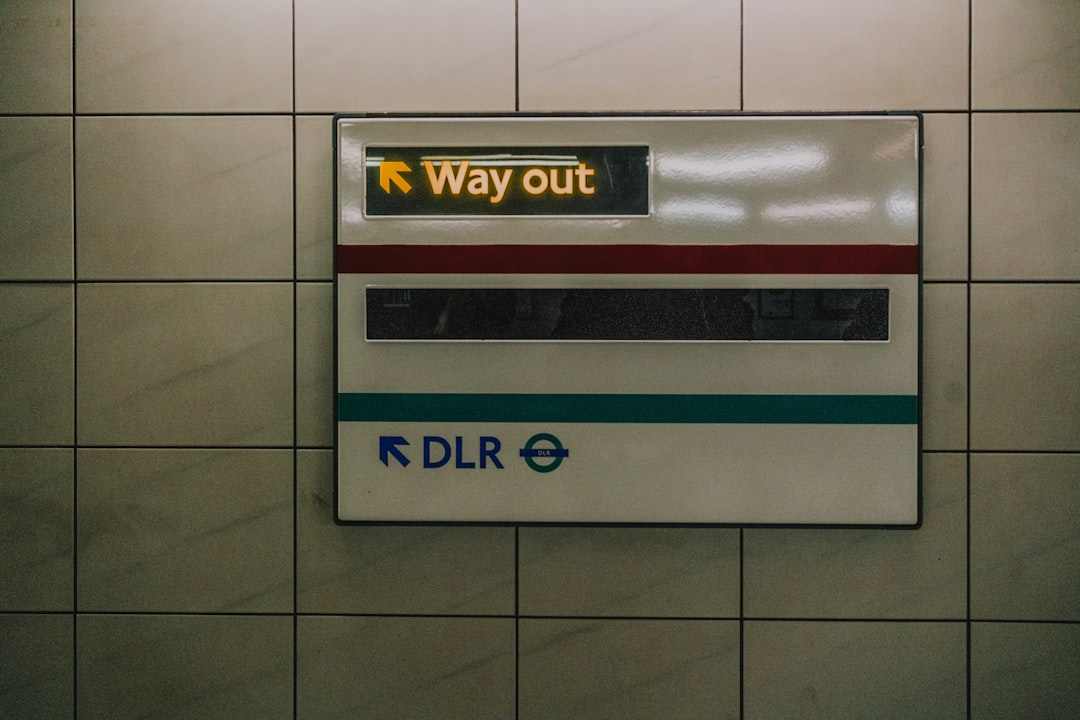
Transit marketers commonly struggle to capture and nurture interest sparked by physical ads. Analog tactics like printed phone numbers, vanity URLs, or generic homepages make tracking difficult and often leave high-value prospects unidentified. QR codes remove these barriers by providing a straightforward, one-scan path to action that can be measured, optimized, and scaled. When implemented with intention, they convert fleeting commuter attention into trackable engagements and qualified leads.
Replacing outdated processes is a practical first step. Printed coupons can become mobile wallet offers redeemed from a scan; brochures can route to interactive landing pages; comment cards can turn into mobile-first surveys via Google Forms. The result is a closed feedback loop that turns physical interest into digital outcomes you can analyze and improve.
When well-executed, QR campaigns transform previously anonymous impressions into robust, segmentable leads. Transit advertisers can iterate quickly, optimize creative and offers by route or station, and steadily increase ROI without increasing media spend. Start creating QR codes for free.
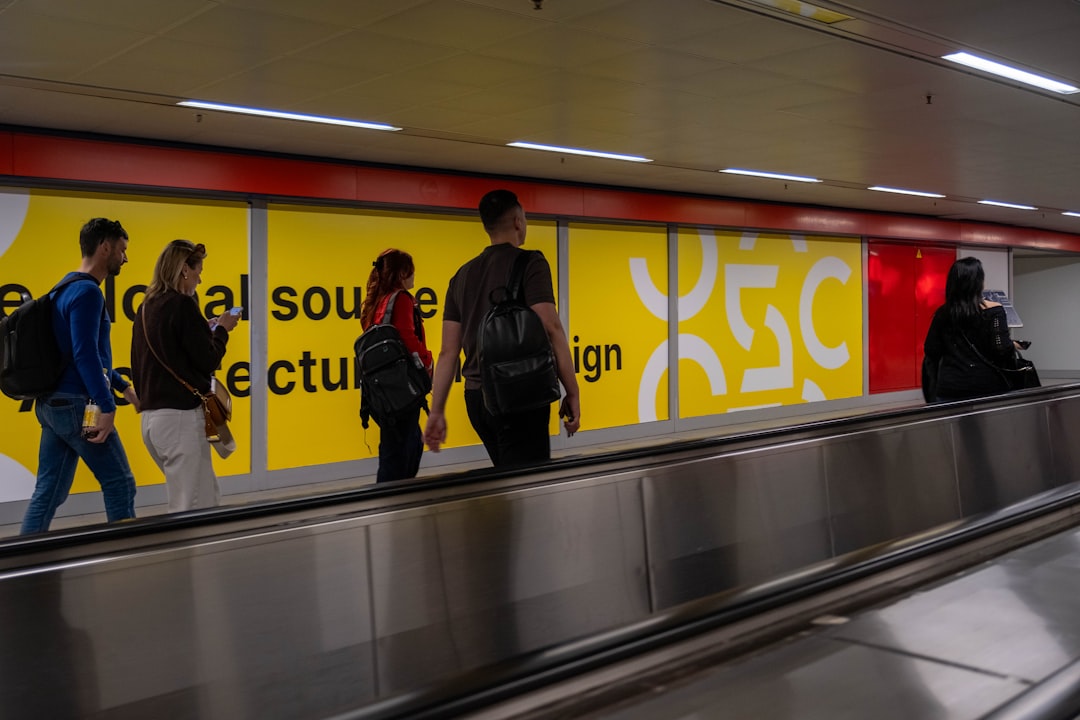
For transit advertising teams, bridging the offline to online divide is one of the most persistent challenges. Traditional methods offer little to no visibility into who is viewing or considering your message, and valuable leads remain unknown if they do not proactively reach out. QR codes close that gap by providing an immediate, digital action that can be tracked with precision and connected to downstream outcomes.
In fast-moving environments like buses, trains, and stations, speed and simplicity matter. Riders will not type a long URL in a crowded station or while standing on a moving bus. A scan is faster and more reliable than any other analog prompt. Dynamic QR codes also give marketers the ability to pivot mid-flight without reprinting, so budget is protected even if the campaign message or destination needs to change.
For example, a local event promotion with a QR code at a bus shelter can attribute registrations or ticket sales to specific routes and neighborhoods. Instead of guessing which locations mattered, you can point to actual behavior tied to real outcomes.
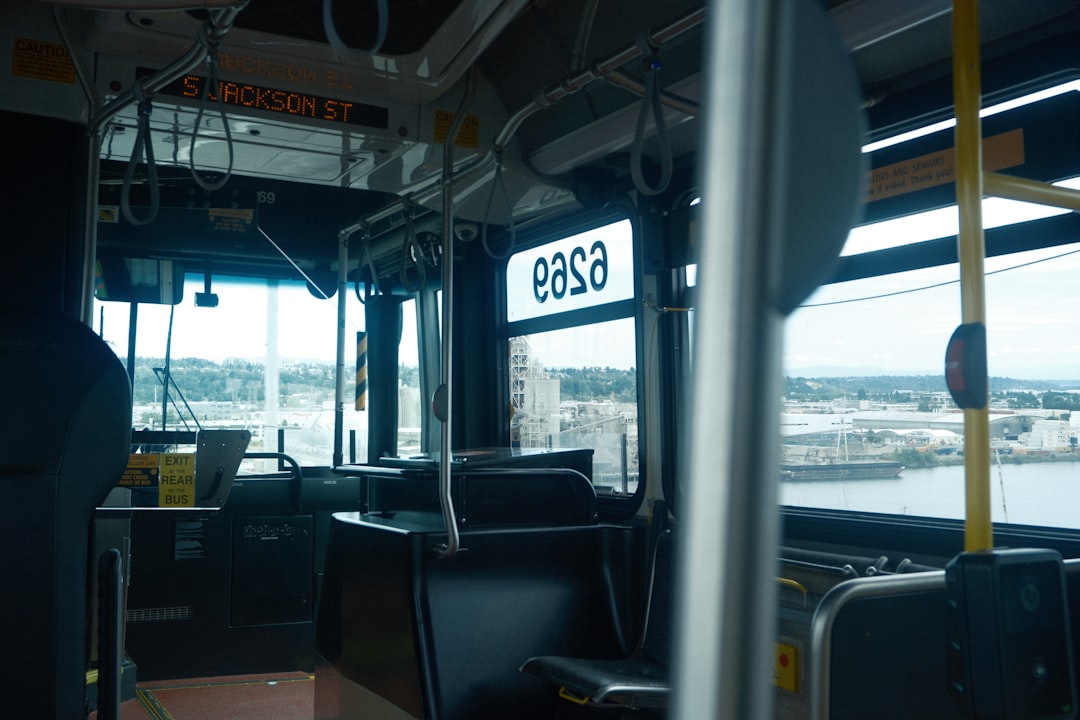
Choosing the right destination is crucial to capturing relevant audience data and engagement. Many campaigns fail because they drive scanners to generic homepages that do not match the commuter’s intent or context. Align the format and destination with the action you want and the environment where the scan occurs.
Dynamic QR codes unlock the ability to shift destinations based on real-time performance. If a route’s audience prefers a discount over a newsletter signup, you can pivot the link without reprinting, protecting spend and keeping the campaign relevant.
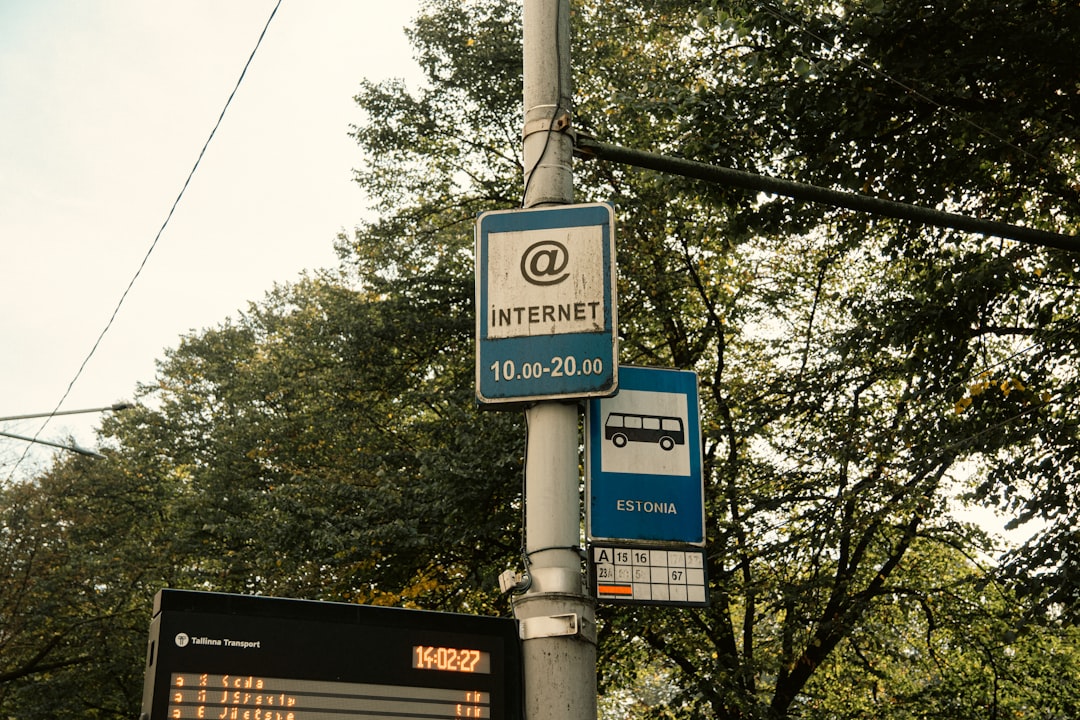
Growth often hides in moments where attention is highest and friction is lowest. Transit environments are rich with these micro-moments. Identify placements with dwell time, clear lines of sight, and contextual relevance to the commuter’s state of mind. Then pair them with QR-driven actions that match the moment.
Interior vehicle environments offer captive attention. Platform posters and shelters deliver dwell time and scanning stability. Ticketing kiosks and printed receipts present transactional moments that are perfect for cross-sells, reorders, or feedback requests. Each of these contexts can be turned into a conversion opportunity with the right QR destination.
By intersecting physical presence with digital readiness, QR strategies allow every transit interaction to become an opportunity for conversion and data-driven growth.
QR codes transform passive impressions into measurable digital entries, which helps advertisers combat untracked audience interest and drop-off. The best use cases are timely, context-aware, and tied to a clear value exchange for riders and sponsors alike.
These use cases compound over time. The more routes, shelters, and kiosks that contribute data and sign-ups, the more precisely you can segment audiences, tailor offers, and prove ROI to stakeholders.
Transit campaigns often fall short when high-potential commuter interest is not captured and segmented. QR code-driven programs can convert anonymous scans into structured audience cohorts that fuel retargeting across email, SMS, and paid media.
Start by mapping your funnel and creating distinct QR experiences for each stage. Awareness placements might route to a product teaser or brand story; consideration assets can link to reviews or demos; conversion ads point to a limited-time offer or app download. Each scan writes a behavioral signal to your CRM that can be used for personalized follow-up. See Sona’s intent data guide.
The result is a self-improving, data-rich pipeline. Every scan increases your understanding of who is interested, what they want, and how to convert them more efficiently.
QR codes shine when they are embedded across a full marketing ecosystem. They not only capture immediate interest at physical touchpoints, they also deliver intent data that powers better messaging and targeting across email, SMS, app, and paid media. This breaks down silos and stops budget waste from fragmented campaigns.
A fully integrated approach links offline scans with digital follow-through. Unique codes on platform posters can tee up retargeting on social; in-vehicle scans can trigger app onboarding emails; station kiosk scans can populate a CRM list for route-specific updates. Over time, your media plan becomes more precise, and your offers become more relevant. For paid activation, explore Sona’s retargeting playbook.
This approach empowers transit advertisers to map nuanced customer journeys from initial glance to ongoing loyalty, closing the loop between media spend and measurable outcomes.
Marketers often face campaign gaps when QR deployments are treated as accessories rather than core conversion tools. A structured approach helps ensure that every placement performs and every scan contributes to a larger strategy. Use the following checklist to launch with confidence, then optimize in real time as data comes in.
Focus on clarity, scannability, and value. Each code should answer the rider’s silent question: what will I get if I scan this right now? Pair that answer with the right creative and a landing experience that respects the commuter’s limited time and attention.
Decide whether the campaign should drive app downloads, ticket sales, list growth, or feedback collection. Example: increase opt-ins for route delay alerts by 20 percent on two busy lines during the winter months. Clarity at this stage informs the QR format, the CTA, and the landing experience.
Dynamic codes provide post-print flexibility and deeper analytics. If performance lag appears on a given route, you can swap the destination to a stronger offer without changing the physical asset. Dynamic codes also capture richer metadata, which is essential for attribution and retargeting. Start creating QR codes for free.
Use high contrast, adequate quiet zones, and code sizing appropriate for the viewing distance. Pair the QR code with a short, benefit-focused CTA like Scan for 15 percent off your next ride or Scan to get delay alerts. Test scanning on multiple devices, angles, and lighting conditions to ensure reliability.
Place codes where riders can safely and comfortably scan: interior cards above seats, station posters near ticket lines, or platform pillars at eye level. Avoid placements that require dangerous reach or scanning while moving through crowded areas. Measure variations by route and time of day to find hotspots.
Use Sona QR to capture device, time, and location information for each scan. Pipe events into your CRM to update contact records, trigger nurturing sequences, and create custom audiences. Review funnel reports weekly to identify drop-off points and A/B test landing page elements or offers.
Consistent execution across these steps helps future-proof campaigns and capture more value from every transit asset. Treat each QR as both a conversion opportunity and a sensor that enriches your understanding of rider behavior.
One of the most frustrating pain points for transit advertisers is the lack of clarity between brand impressions and concrete business results. Historically, proving which posters or wraps influenced a sale was nearly impossible, so optimization decisions were fueled by instinct rather than evidence. QR codes change that by turning each asset into a measurable acquisition channel.
The key is to go beyond counting scans. What matters is whether the scan led to the intended action and how it contributed to pipeline or revenue. By integrating your QR platform with analytics and CRM, you can illuminate full journeys from first scan to final conversion, revealing which routes, dayparts, and creative variants produce real business outcomes.
With Sona QR and Sona, you can capture scan context in real time, unify fragmented touchpoints, and attribute revenue back to specific assets. Sona’s Buyer Journeys connect QR scans with web activity, ad clicks, and CRM events so you can optimize based on complete data, not isolated metrics.
Sustained results come from discipline, testing, and thoughtful integration with sales and service operations. Transit environments have unique constraints such as movement, glare, and variable lighting, so design and placement choices materially affect outcomes. The following practices help increase scan rates and conversion quality across routes and formats.
When you identify a winning pattern, standardize it. Build templates for creative, CTAs, and landing pages that you can deploy quickly across new placements. Then keep learning by A/B testing offers, creative, and locations. Small improvements in scan-to-conversion rate can compound into meaningful revenue over the life of a campaign.
Consider creative deployments like unique event offers on shuttle buses or post-ride satisfaction surveys printed on ticket stubs. These placements deliver immediate value to riders while feeding your data pipeline and retargeting lists.
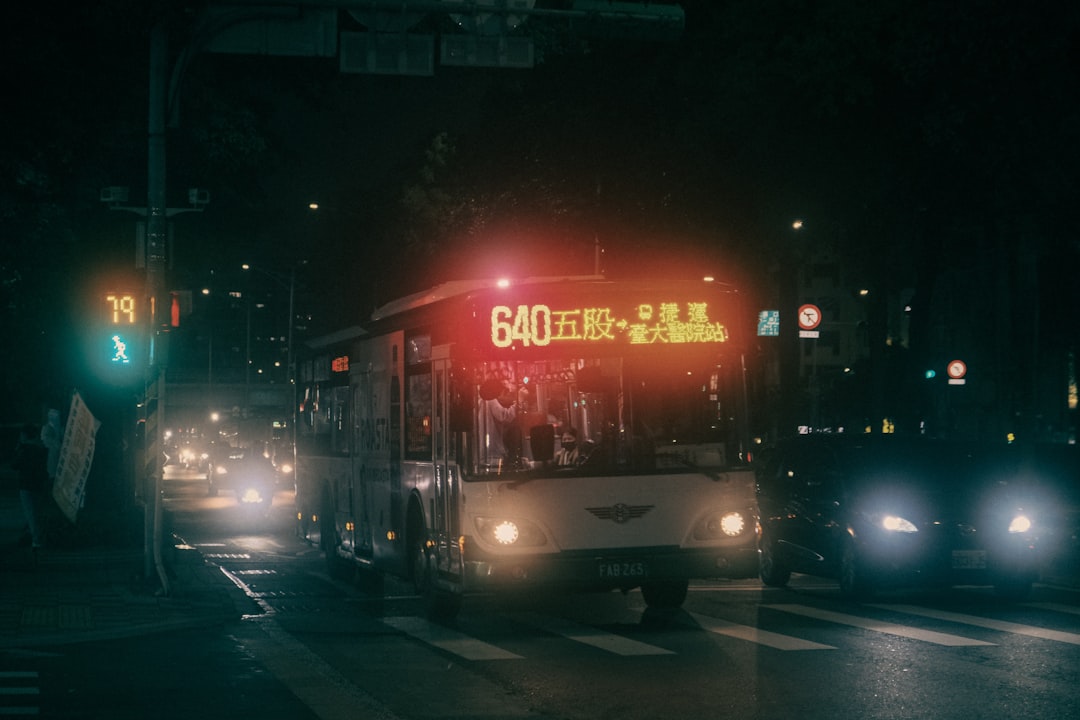
Case studies and creative ideas help illustrate how QR campaigns perform in the wild. The most effective executions align a clear rider value with a frictionless path to action. They also use unique codes by placement to produce granular attribution and faster optimization cycles.
Start with the audience’s context. At a crowded platform, a quick discount or fast route update may perform best. In-vehicle settings with longer dwell time might be ideal for app downloads, loyalty enrollment, or interactive content. Tailor the offer to the environment, then test small differences in CTA phrasing and design to find the highest-yield combination.
These examples can be adapted for public service campaigns, sponsor activations, or municipal communications. The principles remain consistent: give immediate value, remove friction, and connect scans to a measurable next step.
Execution missteps can erode performance and reinforce the very pain points QR codes are meant to solve. Many underperforming campaigns suffer from poor contrast, small codes, or confusing CTAs that fail to set clear expectations. Others ignore placement context and ask riders to scan in unsafe or impractical situations.
Plan for the environment and the scanner. Assume one-handed operation, variable lighting, and crowd movement. Test QR size at the maximum expected scanning distance and confirm reliable reads within two seconds. Use landing pages that load quickly on mobile networks and make the promised action accessible in a single thumb tap.
QR codes have fundamentally changed how transit advertising companies bridge attention and measurable outcomes. When embedded across station banners, vehicle interiors, handouts, and even ticket stubs, they convert anonymous impressions into actionable engagement and enriched customer records. This approach addresses long-standing challenges like lost high-value prospects, disconnected journeys, and incomplete account data. With strong creative, smart analytics, and privacy-aware execution, transit advertisers can shift from visibility to verifiable impact.
QR codes have revolutionized transit advertising companies by transforming traditional ad spaces into interactive, data-driven conversion channels. They enable these companies to not only capture attention but also drive customer acquisition, enhance commuter engagement, and deliver measurable campaign outcomes. Imagine having real-time insights into which bus or subway ads generate the most interactions—and being able to optimize your campaigns instantly based on that data.
With Sona QR, transit advertising companies can effortlessly create dynamic, trackable QR codes that update without the need for costly reprints. This means every scan is connected directly to revenue, allowing you to retarget high-intent audiences and maximize ROI. Start for free with Sona QR today and turn every transit ad into a powerful tool for growth and conversion.
Transit advertising companies connect brands with diverse, high-traffic urban audiences and enable measurable business outcomes by turning physical impressions into trackable leads and revenue.
QR codes transform static transit ads into interactive touchpoints that enable instant, measurable actions, bridging offline exposure to online engagement and allowing marketers to capture high-intent leads.
Examples include concert ticket promotions on train platforms that increased engagement by 24 percent, hyper-local restaurant offers on bus wraps with route-specific redemptions, and user-generated content murals that built CRM audiences for remarketing.
By tracking scan rates, conversion rates, and revenue per scan using dynamic QR codes integrated with CRM and analytics platforms to attribute offline actions to revenue and visualize end-to-end customer journeys.
Transit advertising mediums include on-vehicle wraps, interior cards, bus shelters, platform posters, train station displays, ticketing kiosks, printed brochures, and handouts.
Use Sona QR's trackable codes to improve customer acquisition and engagement today.
Create Your FREE Trackable QR Code in SecondsJoin results-focused teams combining Sona Platform automation with advanced Google Ads strategies to scale lead generation

Connect your existing CRM

Free Account Enrichment

No setup fees
No commitment required

Free consultation

Get a custom Google Ads roadmap for your business






Launch campaigns that generate qualified leads in 30 days or less.
